Regardless of how much you already know about anxiety, it is good idea to keep increasing your awareness.
In this article, we provide you with the summary of the recently published (Dec. 2022) review paper titled “Anxiety Disorders: A Review” from prestigious JAMA scientific journal authored by Prof. Szuhany and Prof. Simon from the New York University. This review provides comprehensive summary of our current level of knowledge regarding anxiety disorder:
- Symptoms,
- Diagnosis,
- Clinical assessment tools,
- Pharmacotherapy,
- Psychotherapy and
- Prognosis.
Epidemiological data shows that anxiety disorders are very prevalent in the general population, but they are much more prevalent in women. It is estimated that 40% of all women will meet diagnosis criteria for anxiety disorder at least once during their lifetime.
Not every feeling of fear and panic is a sign of an anxiety disorder. It is recommended to start treatment only when feelings of fear, worry, anxiety ,nervousness, or physical symptoms such as short breath and heart palpitations, cause continual discomfort to the affected person or if they cause consistent impairment of person’s social, professional and other everyday functions.
Typical cut-off for significant symptom duration is 6 months with the exception of panic attack where 1 month can be enough to establish the diagnosis.
Many drug classes showed their effectiveness against the anxiety symptoms in randomized placebo controlled trials.
Two antidepressant classes, SSRI (Selective Serotonin Re-uptake Inhibitors) and SNRI (Serotonin-Norepinephrine Reuptake Inhibitors) showed small-to-medium efficacy but are still considered first-line treatment due to relatively mild side-effects.
Benzodiazepines showed high efficacy but are not recommended as a first line treatment due to their addictive potential.
Antiepileptic drugs such as Pregabaline and Gabapentine showed medium efficacy levels.
Most effective form of psychotherapy for anxiety disorders is CBT (Cognitive Behavioral Therapy) and clinical trials demonstrated medium-to-high efficacy of this approach. Other psychotherapy approaches that showed effectiveness in anxiety treatment include “Relaxation” techniques, “Panic-focused psychodynamic psychotherapy” and “Acceptance and commitment” therapy.
Interestingly, it is not recommended continually avoid the stressor that caused anxiety symptoms in the first place. Exposure approaches were proven in clinical trails to long-term increase the effectiveness of psychotherapy, probably by building-up persons stress resilience.
Finally, it is well known that physical activity is important for the mental health. Therefore, it is not strange that clinical data supports use of physical activity to mitigate anxiety symptoms, especially in cases where other approaches are ineffective. It is proposed that physical exercise helps by recreating anxiety-like physical symptoms in the safe environment, and this way it helps patients to learn how to manage these stimuli.
For more information, please consider reading the full scientific paper.
Also, check out the video we about this topic on our instagram page.


